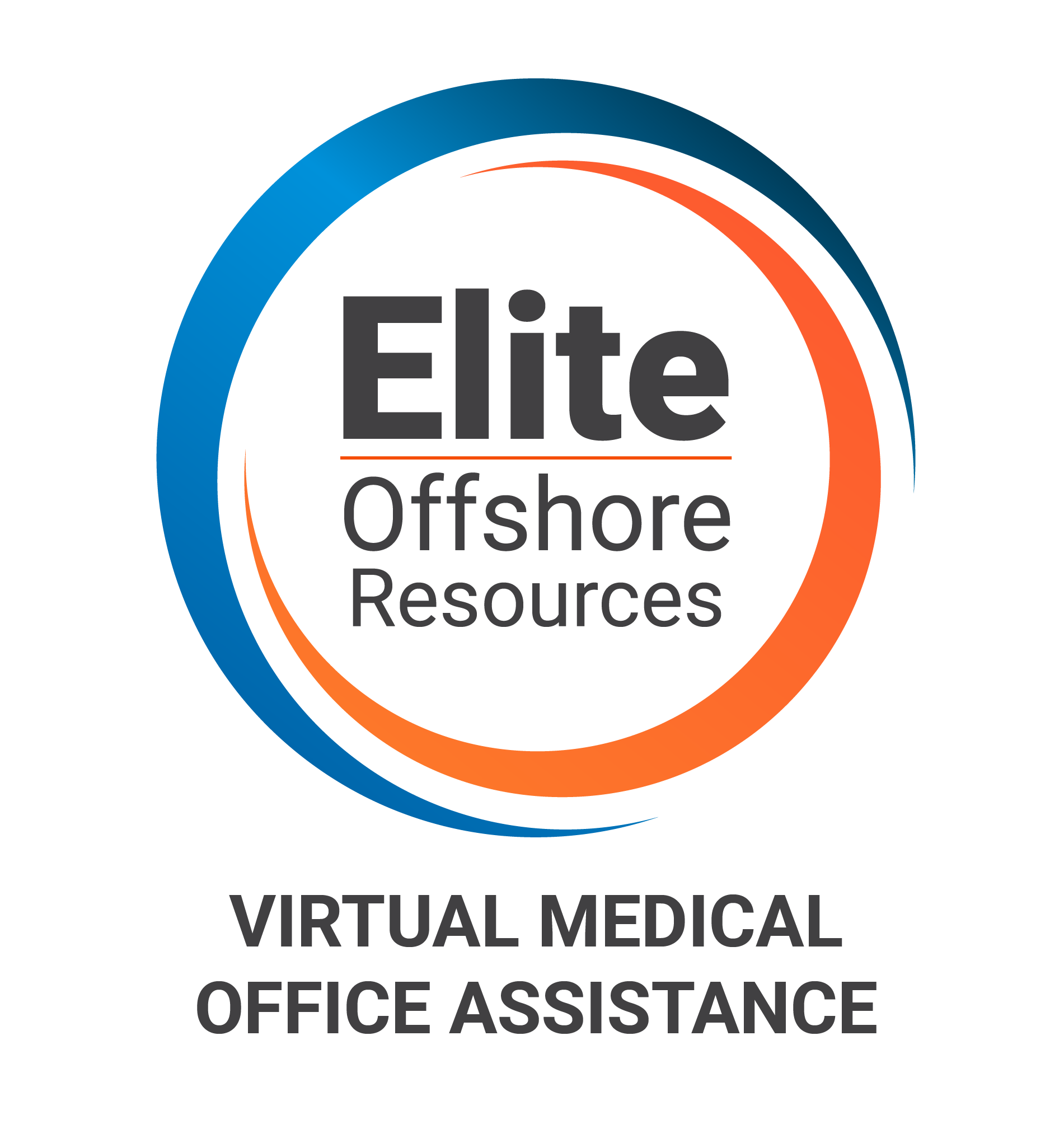
- March 10, 2022
- ankit laddha
- Blogs
- No Comments
Any medical enterprise that wants to achieve financial sustainability must have efficient healthcare revenue cycle management (RCM). RCM involves all the steps a medical practice takes from the patient’s initial appointment to the final balance payment for the service.
While one may think that the healthcare revenue cycle management is straightforward, it is quite complex due to the multiple elements involved. It includes healthcare documentation, patient communication, insurance billing, medical coding, upfront collection, claims tracking, denials management, revenue tracking, and payment posting.
Added to this is the scope for errors in healthcare revenue cycle management due to the absence of process automation, inadequate patient communication, and inaccurate coding knowledge. With many healthcare providers struggling to collect bills in a month and new healthcare regulations springing up frequently, healthcare revenue cycle management is anything but simple. But it doesn’t have to remain that way. Understanding the various elements of an efficient healthcare revenue cycle will significantly improve your medical practice’s RCM outcomes.
Critical Steps in Healthcare Revenue Cycle Management
Here are the critical steps in efficient healthcare revenue cycle management.
1. Collation of Patient Data – This first stage of RCM kicks off when a patient schedules an appointment. It entails collecting information regarding the patient’s demographics, including medical history, insurance provider, and payment details to aid the collection of balance payments for the medical services you render. The RCM’s efficiency depends on the accuracy of this early stage.
It is vital to streamline the registration process and patient scheduling. This way, the patient has a better experience with your practice, and billing for service rendered is easier. Utilizing a patient portal will facilitate seamless patient scheduling and registration, as the patient can easily upload relevant documents and information online. So, before the patient shows up at your medical office, you will already have all the relevant information at your disposal. It also makes it easy for your billing staff to verify the eligibility of the patient’s insurance and determine their out-of-pocket expenses.
And when you book appointments for your existing patients, put measures in place to ensure that the information on the electronic health record (EHR) of your practice is verified by a staff member.
2. Verification of Insurance information and Prior Authorization – Once you have asked for and recorded the patient’s information regarding insurance, the next important step is to verify the authenticity of the insurance information with the insurance provider.
You can choose to do this via phone call, but it’s quite a burdensome and often frustrating experience. A better alternative will be getting an RCM verification software. Investing in one will help to hasten the verification process, allowing your staff to communicate with the patient well before the appointment date on any identified gaps. Use a patient verification checklist to help your team cover all the vital information in their communication with the patient.
To be on the safe side, before rendering any medical service, obtain prior authorization for each medical service (except in the case of a medical emergency). While the prior authorization is not a guarantee of payment, it allows the practice to confirm the value of the patient’s out-of-pocket expenses, co-pay, and deductibles. It also gives a clear picture of the payer’s conditions to reimburse the medical bills. (For the health insurer, the prior authorization serves as an evaluation of the necessity of the recommended medical service, prescriptions, procedures, and medical equipment.)
3. Patient Visit and Clinical Documentation – Before the appointment date, the patient must be notified of the result of the prior authorization. This gives the patient enough time to make the necessary arrangement to pay for the out-of-pocket expenses on the appointment date. This way, the medical staff can give full attention towards delivering quality patient care and explaining the recommended medical treatment, rather than worrying about collecting payments.
A quick tip: While the patient is still with you, be sure to capture every detail of the patient’s medical condition on the EHR. You can use digital recordings, whether audio or video, to quickly note the patient’s medical condition and recommended course of action.
4. Medical Coding – The patient’s medical condition, diagnosis, prescription, and the medical services received, must be classified into approved CPT codes. When medical billing codes are used accurately, you enjoy prompt repayments and avoid unnecessary financial costs due to reworking denied claims. Inaccuracies in coding will be reduced with reliable RCM software.
While some medical practices still use unspecified codes in medical billing, it is not the recommended way. You will need to keep yourself and your staff updated with changes in coding regulations. And the best way to achieve this is by partnering with a reputable medical billing service.
5. Medical Claims Submission – After coding, the medical claim is submitted to the insurance company through electronic data interchange (EDI). When accurate claims are submitted promptly, it prevents delay and maximizes the revenue. Yet submitted claims can be rejected for some reasons, including incorrect information, missing mandatory information, and payer rejection. Whenever a claim is denied, ensure that your medical billing team tracks it, rectifies the identified errors and denials, and then resubmits the claim.
If you feel the process is too time-consuming and you would rather have your staff focus on other parts of the practice, outsourcing your medical practice’s RCM will be a good option.
An outsourced medical billing service that offers virtual medical billing and coding services can also assist in denials management, insurance verification, patient documentation, and AR follow-ups (accounts receivables).
6. Payment Posting and Reconciliation – After receiving your claims, the patient’s insurance provider reviews them and releases payment to your healthcare organization. Your RCM team must reconcile the total claims submitted and the total denied or paid by the insurer. Then the explanation of benefits (EOB), electronic remittance advice (ERA), and correspondence must be posted to each patient’s claim.
With a patient portal, each patient will gain easy access to their medical bills. To facilitate the prompt collection, you can send automated reminders to patients regarding due amounts and payment options.
7. RCM Reporting – Measuring performance is essential to ascertain the efficiency of the whole healthcare revenue cycle management effort. RCM reports will provide valuable insight to help identify bottlenecks in the various elements involved in the revenue cycle process. To prevent being overwhelmed by a deluge of data, you need to list the revenue cycle metrics you want to track and keep tracking performance on an ongoing basis.
Conclusion
An efficient revenue cycle management is important to medical practices, but it also gives patients an understanding of their share of the medical expense ahead of time. It helps patients evaluate their financial situation and decide to continue with a medical procedure or go for a different one instead of going into debt. It allows the medical practice to focus solely on the patient experience without worrying about lingering administrative issues. Therefore, efficient RCM is a win-win situation for everyone involved.
Do you need help with the non-clinical tasks at your medical practice?
Are you looking for remote assistance for your medical practice?
Are you looking for affordable staffing solutions with minimal supervision?
Contact us now – Call on +17276984481 or email at info@eliteoffshoreresources.com.
